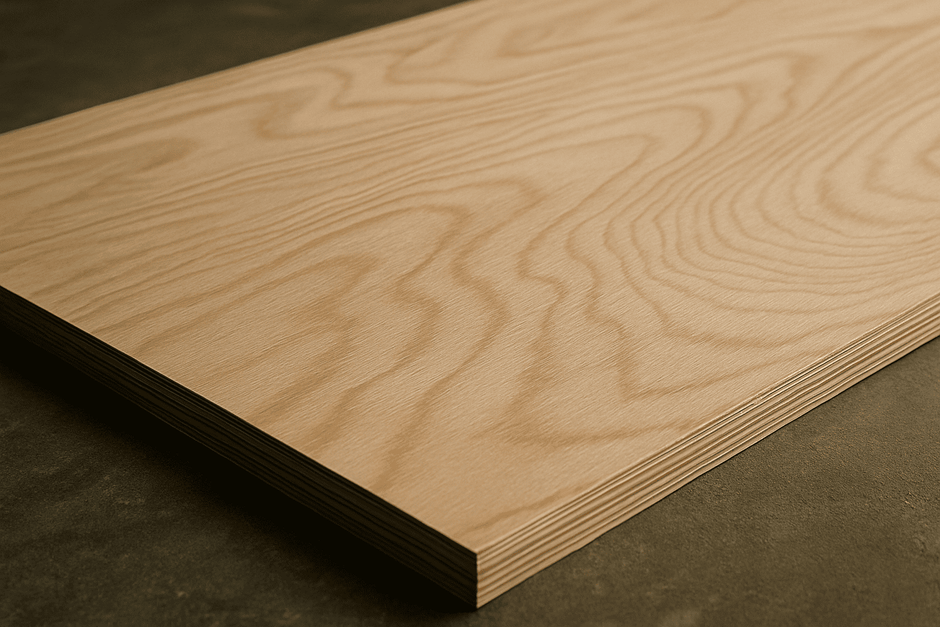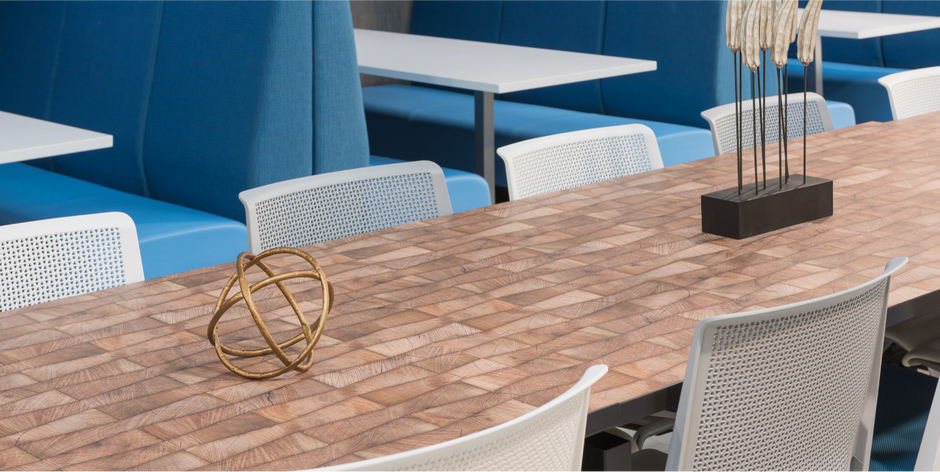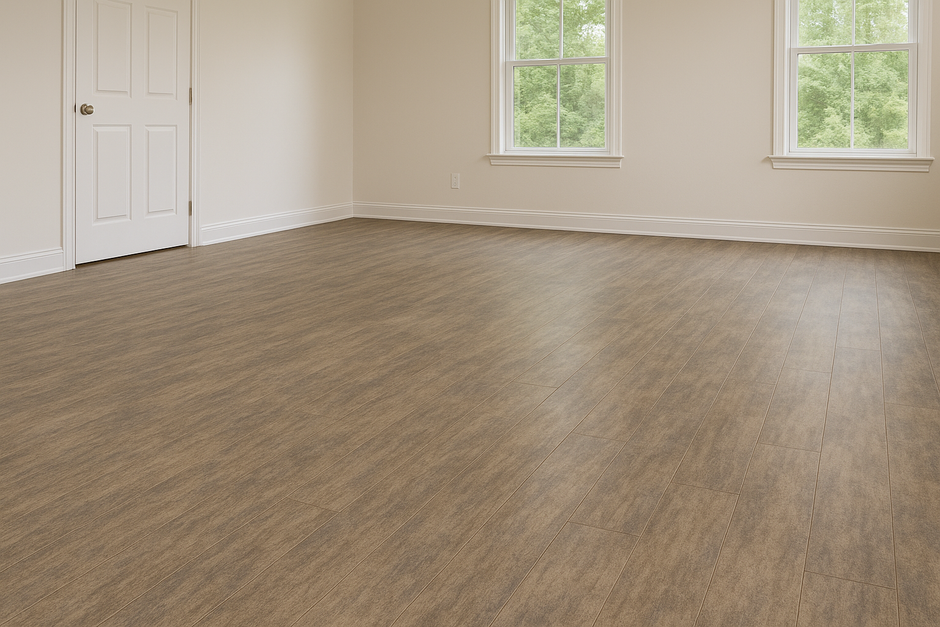Tired of those unsightly gaps between your walls and floors? Baseboard, also known as skirting board, is the perfect solution to give any room an elegant and professional finishing touch. While it might seem like a complicated task, installing baseboard is a DIY project you can accomplish yourself with the right tools and by following the correct steps.
In this ultimate guide, we'll walk you through the entire process, from initial planning to the final touches, so you can install baseboard like a true professional. Get ready to transform your spaces!
Why Install Baseboard? Benefits Beyond Aesthetics
Beyond its decorative function, baseboard offers several important benefits:
- Protects walls: Prevents furniture, vacuum cleaners, and daily traffic from damaging the lower part of the walls.
- Conceals imperfections: Covers irregular joints between the floor and the wall, as well as the spaces left by the expansion and contraction of materials.
- Adds aesthetic value: Provides a clean and polished finish that enhances the overall appearance of the room.
- Can hide wires: Some types of baseboard are designed to discreetly hide cables.

Tools and Materials Needed for a Successful Installation
Before starting, make sure you have all the necessary tools and materials on hand. This will save you time and frustration during the process.
-
Tools:
- Measuring tape: To measure the walls.
- Pencil: To mark cuts.
- Jigsaw or miter saw: To cut the baseboard at the necessary angles.
- Brad nailer or hammer and nails: To attach the baseboard to the wall.
- Level: To ensure the baseboard is straight.
- Drill (optional): If you need to install on hard plaster or concrete walls.
- Chisel and tapping block (optional): To remove old baseboard or adjust irregularities.
- Stud finder: To locate wall studs.
- Caulk gun and acrylic sealant: To fill gaps and provide a professional finish.
- Wood filler: To fill nail holes.
- Fine-grit sandpaper: To smooth filled areas.
- Damp cloth: To wipe away dust.
-
Materials:
- Baseboard: Calculate the required amount by measuring the perimeter of the room and adding an extra 10-15% for cuts and errors.
- Baseboard nails: The size will depend on the thickness of the baseboard.
- Construction adhesive (optional): For a stronger hold, especially on uneven walls.
Step-by-Step: Installing Baseboard Like a Pro
Follow these steps to achieve a flawless installation:
Step 1: Wall Preparation
- Ensure the walls are clean, dry, and free of dust or debris.
- Locate the wall studs with a stud finder and mark their location with a pencil. These will be the main points where you'll nail the baseboard.
Step 2: Measuring and Cutting the Baseboard
- Measure the length of each wall where you will install the baseboard.
- Straight Cuts: For straight sections, cut the baseboard to the exact measurement.
- Inside Corner Cuts: Use a miter saw to cut the baseboard at a 45-degree angle, so that the two cuts meet to form a 90-degree angle inwards.
- Outside Corner Cuts: Similar to inside corners, but the cuts should form a 90-degree angle outwards.
- Pro Tip: It's better to cut slightly long at first and then adjust if necessary.

Step 3: Installing the Baseboard
- Place the first piece of baseboard against the wall, aligning it with the floor mark.
- Make sure it is level using the level.
- Nail the baseboard to the wall studs. If you're not nailing into a stud, you can use construction adhesive on the back of the baseboard for added support.
- If using a brad nailer, make sure to adjust the pressure correctly to avoid damaging the baseboard. If using a hammer and nails, nail carefully to avoid marks on the wood.
- Leave a small gap (approximately 1/16 - 1/8 inch) at the corners to allow for expansion and contraction.

Step 4: Joining Baseboard Pieces
- Where two pieces of baseboard meet on a straight wall, you can make a slight bevel cut (a few degrees) to achieve a tighter and less visible joint.
- Ensure the joints are as tight as possible.
Step 5: Finishing and Final Details
- Fill nail holes and joints with wood filler.
- Let the filler dry and then sand it smooth.
- Apply a bead of acrylic sealant along the top and bottom of the baseboard to fill any gaps and give a professional finish.
- Wipe away any excess sealant with a damp cloth.
- Paint or stain the baseboard if necessary. (Link to our guide to painting a baseboard)

Professional Tips for a Flawless Installation
- Pre-paint or stain the baseboard before installation: This makes the job easier and avoids having to paint near the floor and walls.
- Use a cutting template: For repetitive cuts, a template can save you time and ensure accuracy.
- Don't be afraid to use construction adhesive: It can be very helpful on uneven walls or where you can't nail into a stud.
- Invest in good tools: A quality miter saw will make a big difference in the accuracy of your cuts.
- Take your time: Patience is key to achieving a good result.
Ready to start your project? Explore our wide selection of high-quality baseboards and find the perfect style for your home!

































